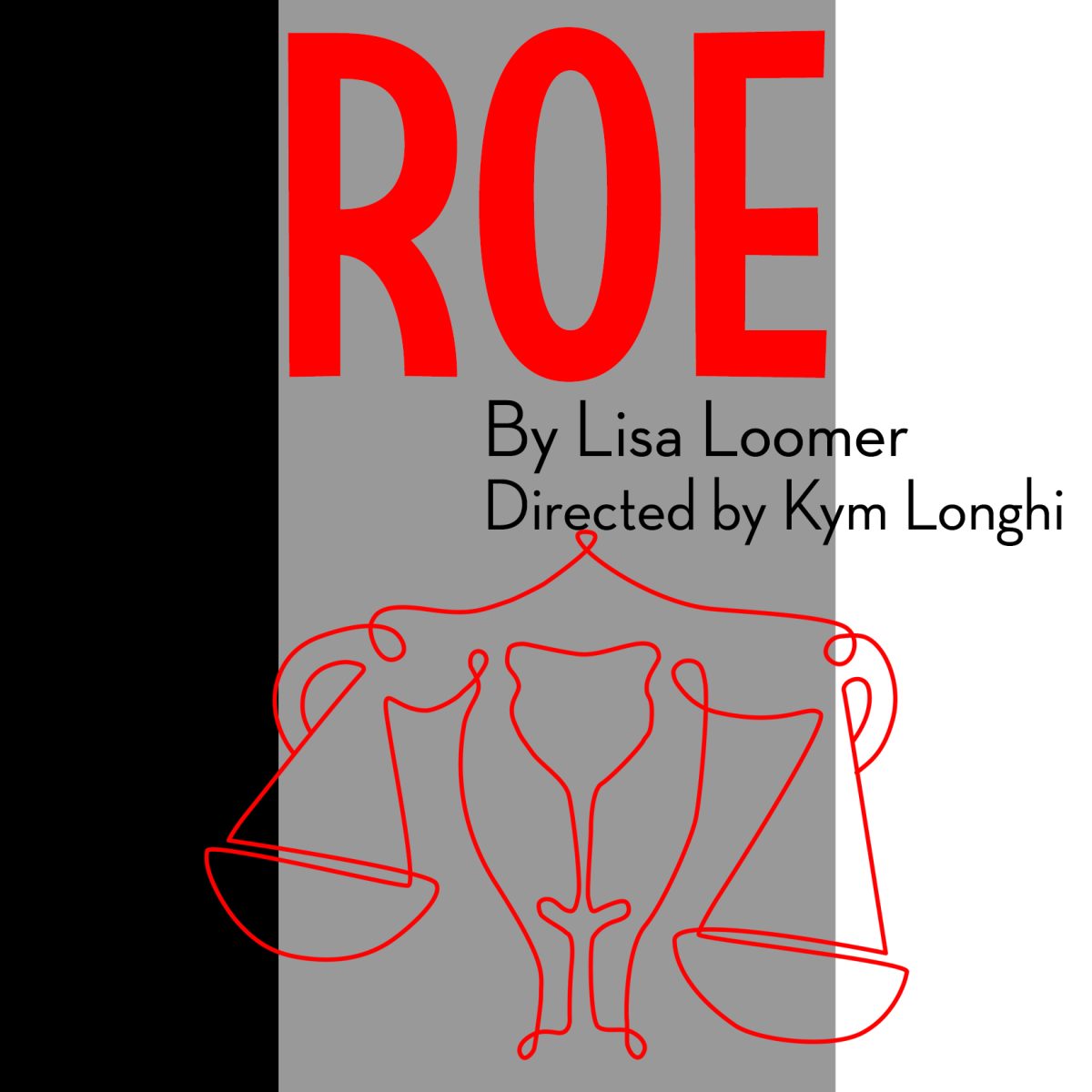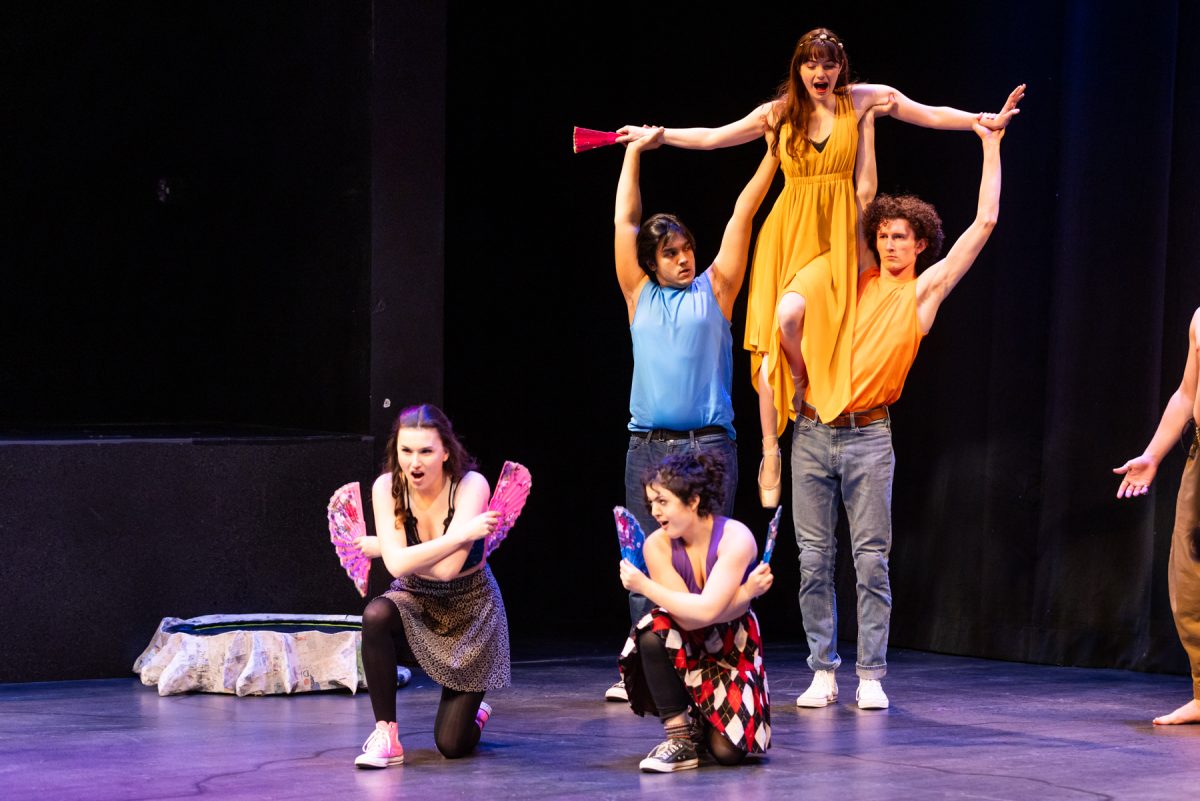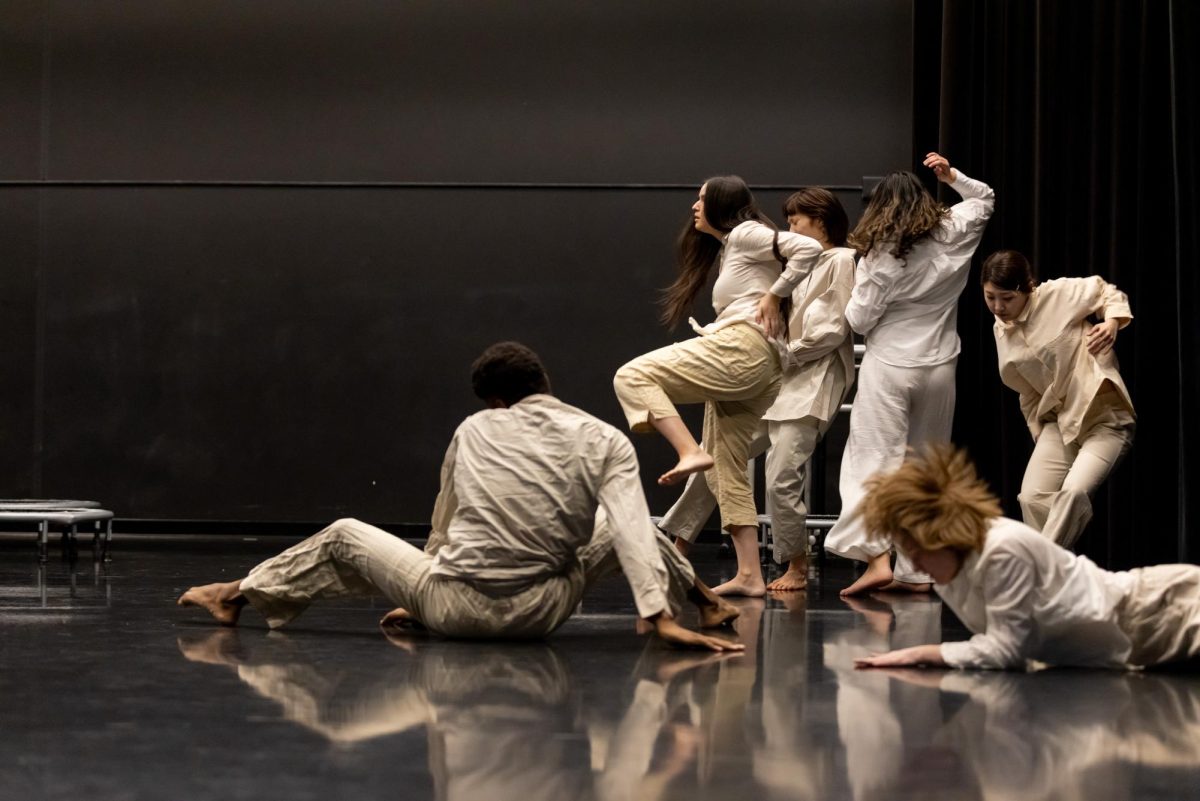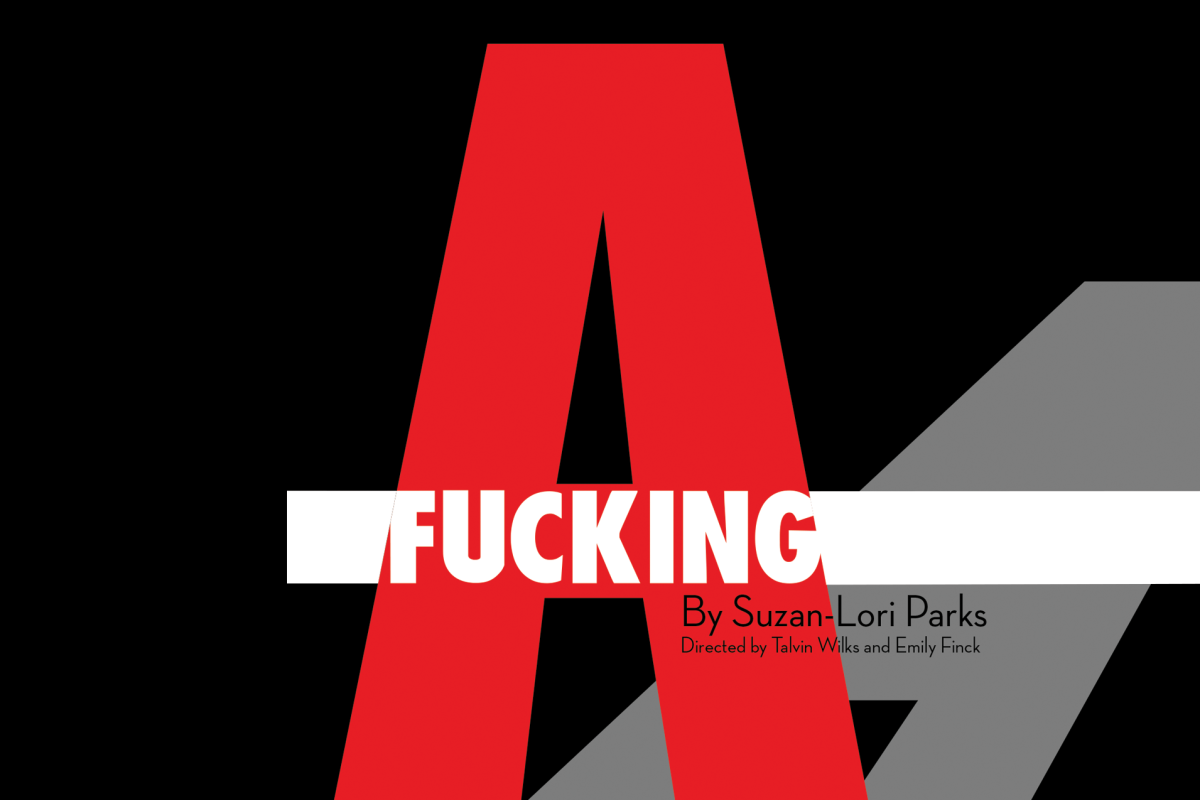Each year, within the University’s bustling pack of BFA Actor Training Program students, a blood-curdling rumor has continued to swell: The class of 2008, upper- and underclassmen swore, were kissed with a curse none of the other apprentice artists and their far more hyper-modern productions had known. They would be the ones burdened with “The Crucible” as their senior showcase – you know, that play everyone was forced to skim through in high school but probably didn’t because they made a movie starring Winona Ryder for that instead,that play done so often, and often done so poorly thanks to tireless reinvention and reinterpretation.
WHAT: University Mainstage Theater Presents “The Crucible”
WHEN: Oct. 25 through Nov. 3
WHERE: Rarig Center’s Whiting Proscenium Theatre, West Bank Arts Quarter
TICKETS: $7 to $14; (612) 625-4001; [email protected]
Well, the curse came true, but the usual outcome didn’t. Instead, the voices, bodies and minds behind the prestigious Guthrie Theater-partnered program have used the knowledge gained from nearly four years of intensive workshop study to propose a very new, very inventive idea that isn’t asking for anything particularly new or inventive: Don’t rewrite the history books, simply read them.
Set during the Salem Witch Trials of 1692, “The Crucible” unfolds an arresting dramatization of the occurrences that preceded them. During this time, the Puritans living in the Massachusetts Bay Colony led a witch hunt throughout Salem Village, catapulting a previously quaint town toward extreme controversy. With hundreds of arrests and 22 deaths total (19 of which were hangings), the Salem Witch Trials marked the beginning of the end for the Puritan way of life. More than a fear of witchery, it was the notion of an enemy within – of betrayed loyalties – and the subsequent mass hysteria that eventually eroded the support structures Salem held dear: their church, their community, and, at the center of everything, their families.
“The Crucible’s” author, Arthur Miller, was inspired by this point in history because it was so starkly similar to his own. Whereas the early settlers of Salem faced disease, crop failures and attacks by the indigenous Native Americans who were rightly angered by their presence and behavior, 1950s Americans ran scared from the Communist takeover of China and the exposure of Russia’s nuclear weapons development.
At the end of World War II, the conflict between communism and capitalism reached new highs with the Cold War in 1947. Wisconsin Sen. Joseph McCarthy began accusing people in the U.S. government of being Communists, fueling the general public’s panic over the “Red Scare.” This political witch hunt – McCarthyism – pushed Miller to draw from his own anxiety in order to allegorize his nation’s, and even his world’s, condition. With “The Crucible,” he was able to bottle that mysterious but terribly powerful emotion, and filter it back to audiences equally enchanted and possessed by it in their respective trying times.
Kenneth Noel Mitchell, a six-year University faculty member and the show’s director, has no problem dusting off the original foundation others might scoff at or attempt to overhaul. To him, there is a lasting message behind Miller’s chronicling of Puritan mob mentality – one that speaks volumes to a fear-mongering modern state.
“I like working on classics, not reimagining them,” he said of the “Crucible’s” unflinchingly human center. “I don’t want to make them radically different. I just want to find out why they speak to me and how I can bring them to life. It’s through that, then, that a production has the chance to become clever and imaginative.”
Today, Mitchell stresses, we face a differently dangerous world. But just like in previous times, politicians, religious leaders and commentators have used legitimate concerns to spin the population into a fearful frenzy, conducting their updated but still invisible witch-hunts and taking names.
“When fear becomes an overwhelming driver of opinion, societies can become irrational and intolerant of anyone or anything that might be pointed to as a danger or an enemy,” he explains in his director’s statement. “The threat of omnipresent terrorism, unyielding religious fundamentalism and prejudice are some of the more contemporary forces that seem to be driving our society to amazing levels of fear.”
The sprawling cast, comprised of mostly BFA seniors (four of its members are from the BA program), certainly followed Mitchell’s lead. They got their hands good and dirty on months of show-specific research in order to better imagine the tribulations their actual, flesh-and-blood characters faced – no matter how many times it’s been done before.
“I’m playing the character played by Frances Conroy in the (1996) movie,” said BFA senior Christine Weber, who has the small, but still taxing, role of the maniacal Mrs. Putnam. “There was a tremendous temptation to visit that and play off it, because how could a 21-year-old play a 40-something woman who has lost seven children? But she’s an older character who has suffered unbelievable loss, and after learning that, it’s not about worrying whether I’ll fall into the same old mold – it’s worrying whether or not I can do it justice.”
Weber went into her research aware that she wouldn’t be able to tell Mrs. Putnam’s entire life story, but knew she had to at least aim for the most important part of it. That determination to encapsulate someone, even if it isn’t entirely possible in a two-hour span, is half the battle.
“The point was to balance when Miller took liberty with these characters,” she said of using offstage information for onstage emotion. “There are records of her actually going crazy, bedridden and screaming about how she can see ghosts all around her. You learn as much as you can and what sticks, sticks.”
Many of “The Crucible’s” design choices smartly evoke a physical cauldron in which people find themselves subjected to the intense heat of a number of trials. Suspension of disbelief removes the need for a perfect set – when you can miraculously see the physical status of every actor through the understated ways Mitchell chose to stage and build, you realize the true success of symbolism.
“It’s usually done very realistically,” said Mitchell. “Here, all realistic elements, including our set, are very abstract, so it really allows you to focus much more on the human drama, which raises it to a more theatrical field.”
Mitchell believes that the most pertinent part of fear is how individuals react to it. After all, Miller himself titled the play after a “crucible,” a dish used in science labs to heat different ores and metals and to test the point at which they melt or break down. In such smoldering temperatures, whatever goes into a crucible comes out in its purest form. Since the play was penned, metaphorical meanings have come to denote a severe test of patience of one’s beliefs: a trial in the utmost sense.
“We live in a culture of fear; it’s a tool to make people behave and conform,” said Mitchell. “In these times of fear, it’s hard to have courage. We hope to inspire the small acts of courage required to speak your heart.”
















